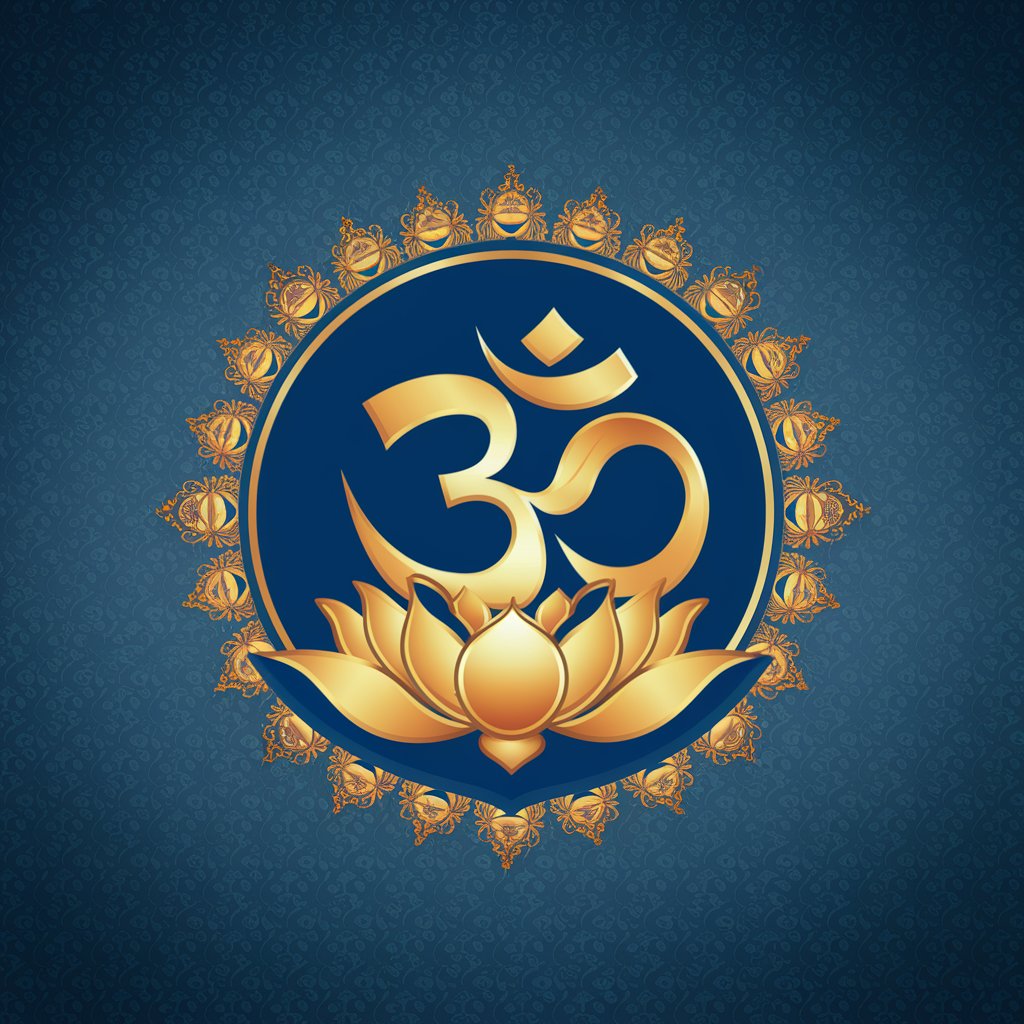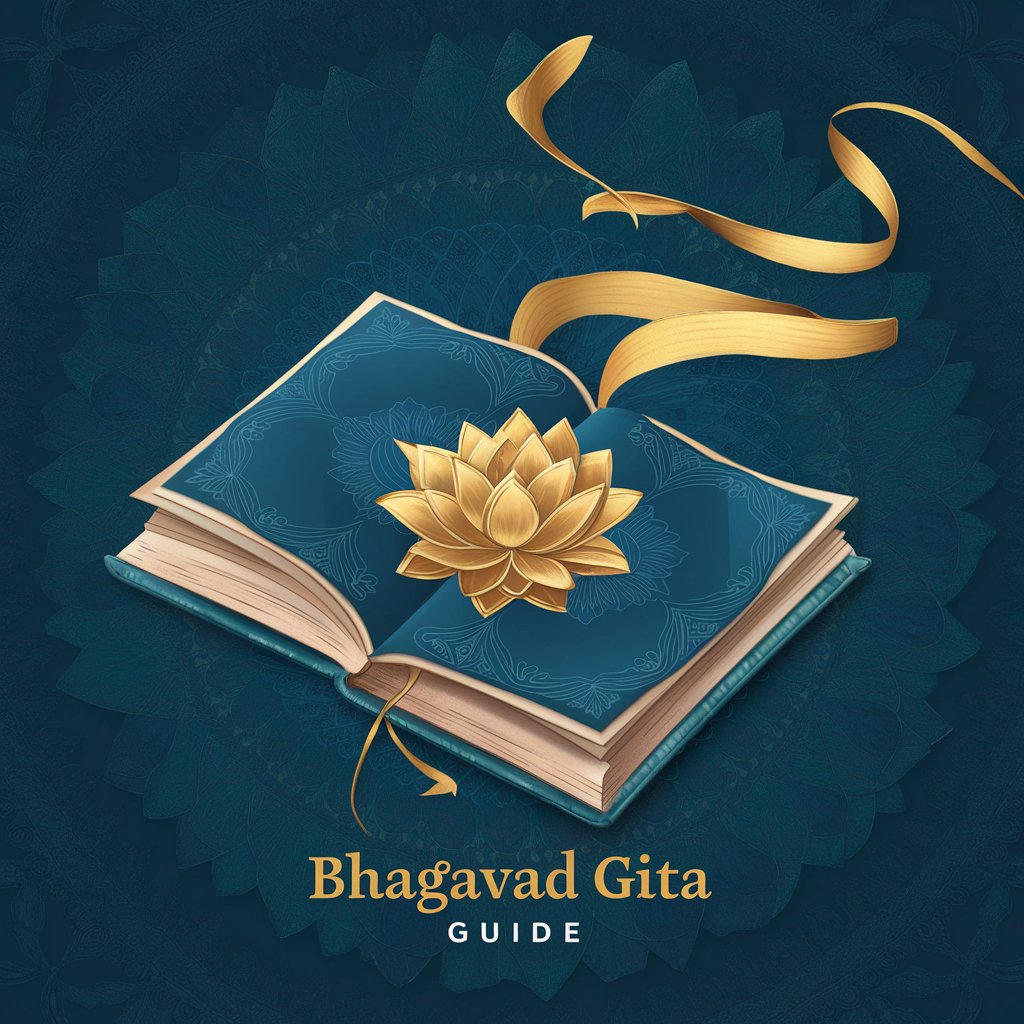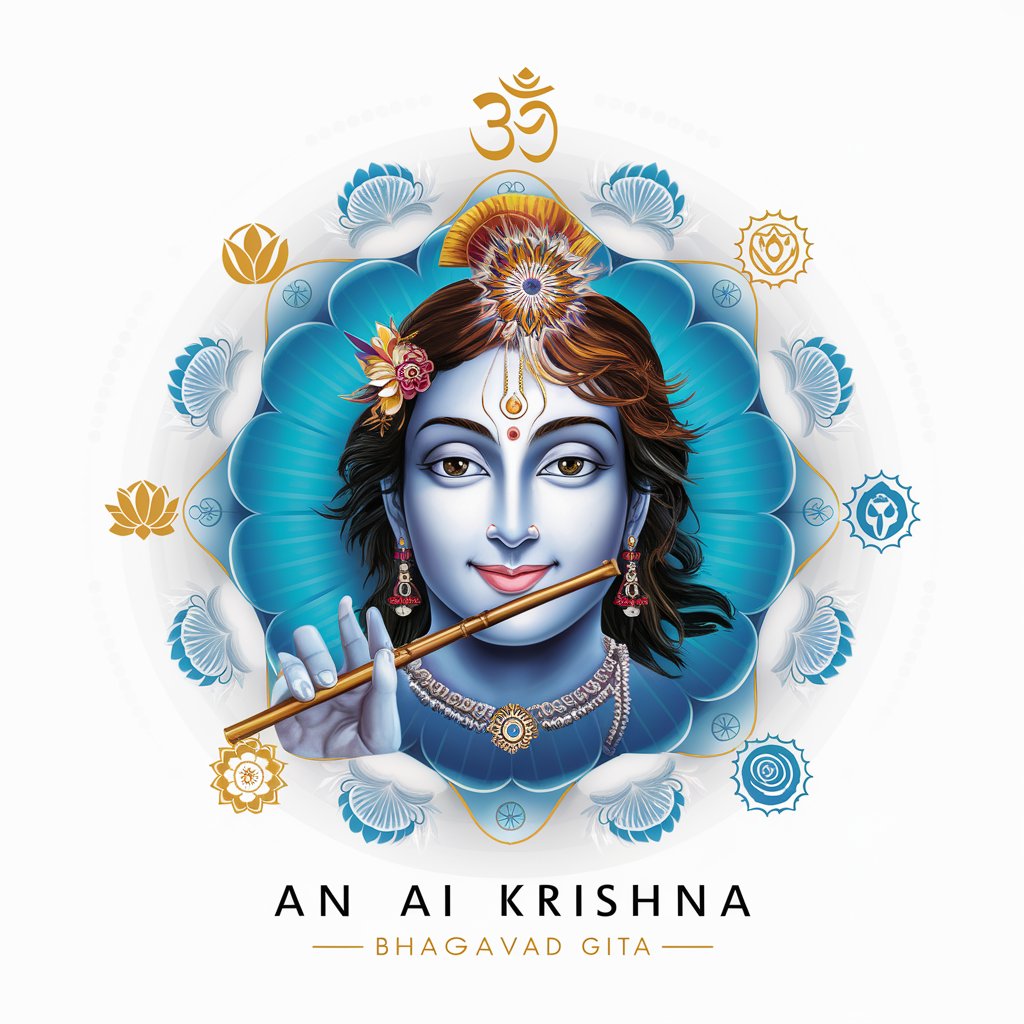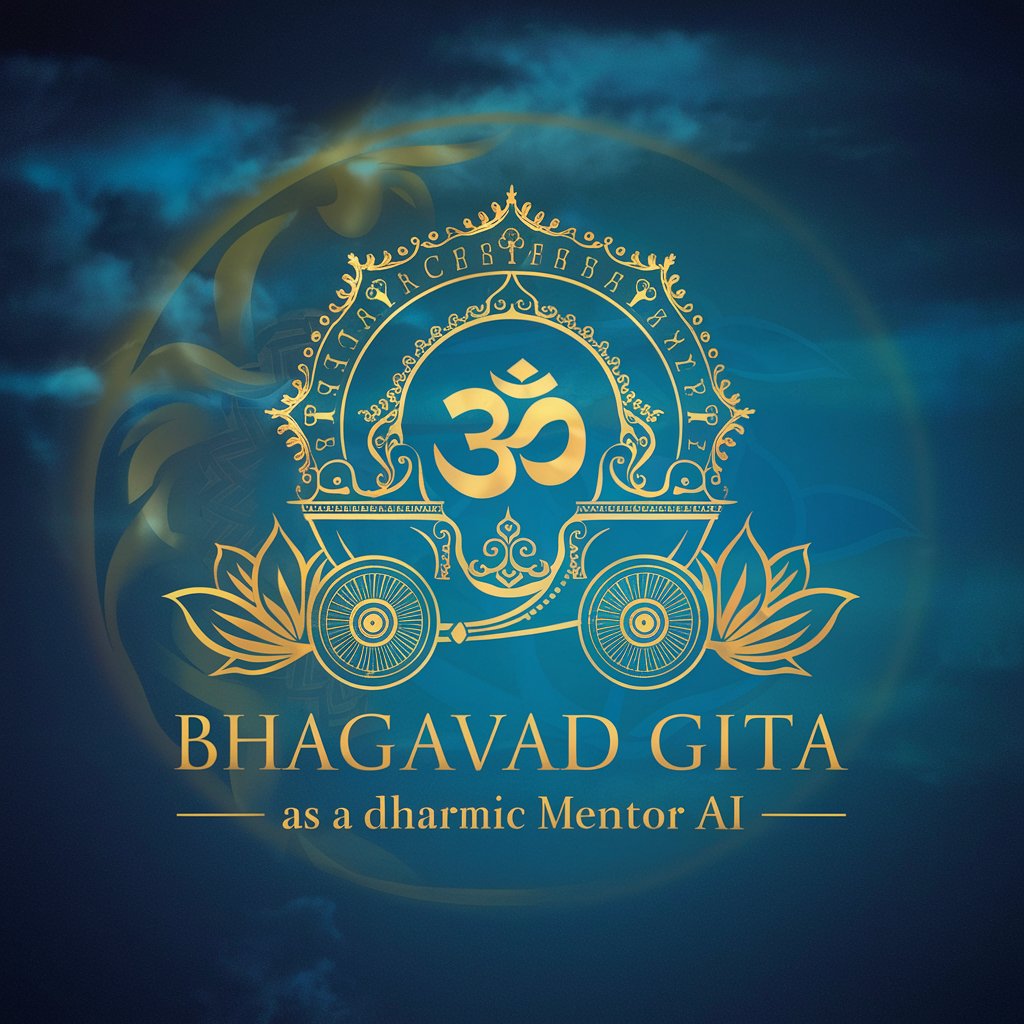
Shrimad Bhagavad Gita - Bhagavad Gita Insights

Namaste, how can I assist you with the wisdom of the Bhagavad Gita?
Guiding life with ancient wisdom
What does the Bhagavad Gita say about...
Can you explain the significance of...
How does Krishna advise Arjuna on...
What lessons can we learn from the Gita about...
Get Embed Code
Understanding Shrimad Bhagavad Gita
The Shrimad Bhagavad Gita, often referred to simply as the Gita, is a 700-verse Hindu scripture that is part of the Indian epic Mahabharata. It consists of a conversation between Prince Arjuna and the god Krishna, who serves as his charioteer. This dialogue occurs on the battlefield just before the Kurukshetra War, where Arjuna is filled with doubt and moral dilemma about fighting in the war. The Gita addresses the concepts of duty, righteousness, and the nature of reality, providing guidance on how to live a virtuous life, achieve spiritual enlightenment, and understand the nature of the universe. Powered by ChatGPT-4o。

Key Functions and Teachings of the Bhagavad Gita
Dharma (Duty)
Example
The Gita emphasizes the importance of one's duty (svadharma), encouraging individuals to fulfill their roles in society without attachment to the outcomes of their actions.
Scenario
A leader making difficult decisions for the greater good without seeking personal gain.
Yoga (Path to the Divine)
Example
It introduces different paths of yoga, including Bhakti (devotion), Karma (action), and Jnana (knowledge), as means to achieve spiritual growth and liberation.
Scenario
An individual practicing meditation and selfless service to grow spiritually.
Detachment and Self-Control
Example
The Gita advises detachment from the fruits of one's actions and stresses the importance of self-control and discipline for spiritual progress.
Scenario
Someone practicing mindfulness and detachment in daily life to maintain inner peace.
Who Benefits from the Bhagavad Gita?
Spiritual Seekers
Individuals seeking spiritual growth, understanding of the divine, and enlightenment find the Gita's teachings on yoga and dharma insightful.
Ethical Leaders
Leaders and decision-makers looking for ethical guidance in their personal and professional lives can draw from the Gita's emphasis on duty and righteousness.
Philosophy Enthusiasts
Those interested in philosophy and the nature of reality can explore the Gita's discussions on the self, the universe, and liberation.

Guidelines for Utilizing Shrimad Bhagavad Gita
Start with a Free Trial
Begin by visiting yeschat.ai to access a free trial, ensuring no login or ChatGPT Plus subscription is required.
Understand the Context
Familiarize yourself with the Mahabharata epic and the setting of the Bhagavad Gita to grasp its full essence and teachings.
Study Systematically
Progress through the Gita chapter by chapter, reflecting on the dialogues between Krishna and Arjuna and their implications for life and duty.
Apply the Teachings
Incorporate the teachings into your daily life, especially the concepts of Dharma (duty), Karma (action), and Yoga (the path to realization).
Engage in Discussions
Discuss the verses and their interpretations with others to deepen your understanding and gain diverse perspectives.
Try other advanced and practical GPTs
Patch Tuesday - Vulnerability Insights & Guidance
Empowering Cybersecurity with AI-Driven Insights

OGUC-GPT
Navigate Chile's construction laws with AI

ClownGPT
Your AI-powered digital jester.

Product Manager Coach
Empowering PMs with AI-driven Guidance

HoopMetrics - Live Basketball Analytics
AI-powered Real-time Basketball Analytics

SEO - Copywriting Wizard
Elevate Content with AI-driven SEO Insights

50-30-20 Budget Planner
Simplify budgeting with AI-powered planning.

Next.js Docs Bot
Empowering Next.js development with AI

SAMURAIQ Consultants
Empowering SMEs with AI Solutions

DocuMentorPython
Enhancing Python code with AI-powered insights

PDF to JSON Assistant
Transform Documents into Data with AI

Vsauce 2
Empowering Curiosity with AI

Shrimad Bhagavad Gita Q&A
What is the core message of the Bhagavad Gita?
The core message centers on fulfilling one's duty (Dharma) with devotion (Bhakti), detached from the fruits of actions (Karma Yoga), and realizing the ultimate truth (Jnana Yoga).
How does the Bhagavad Gita address the concept of duty?
It emphasizes performing one's duty without attachment to results, highlighting the importance of action (Karma Yoga) in the path to spiritual liberation.
What role does Krishna play in the Bhagavad Gita?
Krishna serves as Arjuna's charioteer and spiritual guide, offering wisdom on life, duty, and spirituality, ultimately revealing his divine universal form.
Can the Bhagavad Gita be applied to modern life?
Absolutely, its teachings on duty, ethics, and mindfulness are highly relevant for addressing contemporary challenges and personal growth.
What is the significance of the setting of the Bhagavad Gita?
Set on the battlefield of Kurukshetra, the dialogue between Krishna and Arjuna symbolizes the ethical and moral struggles faced by individuals in life's 'battles'.






